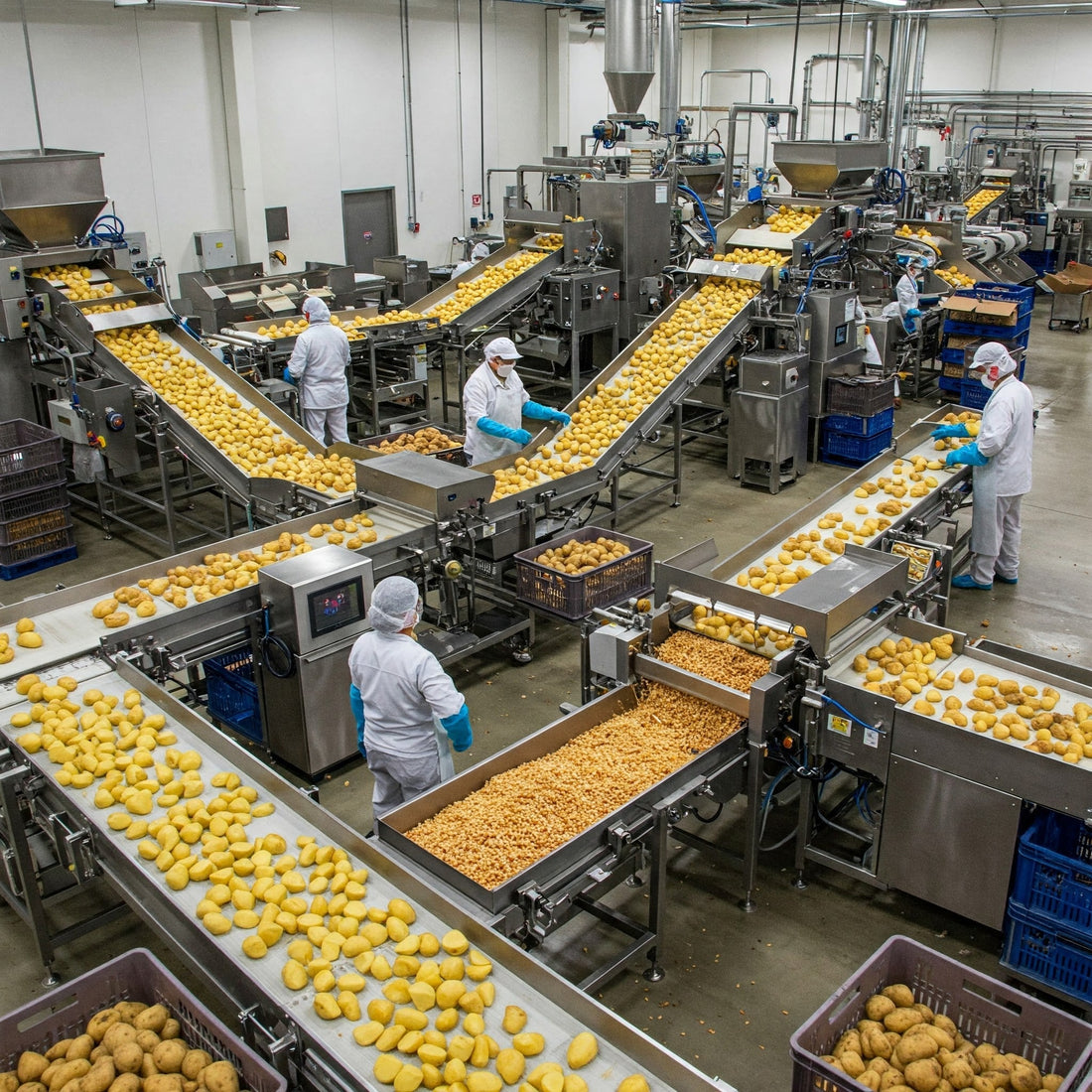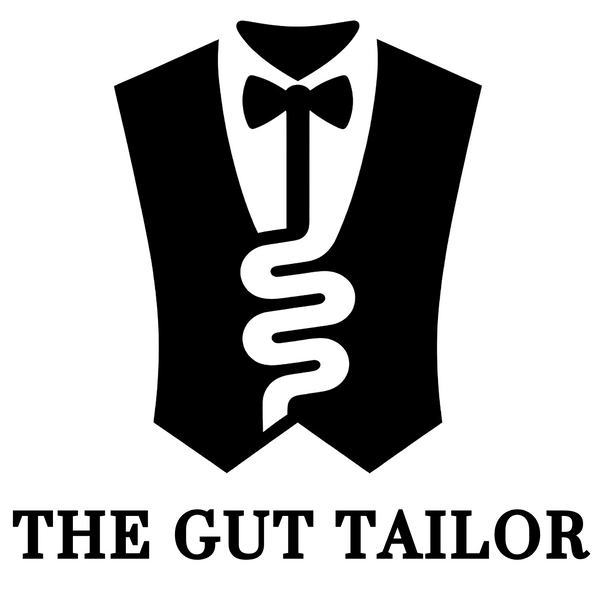
The Problem With Our Current Food System: Why It’s Sabotaging Your Health
Share
Did you know that 70% of adults in industrialized countries are either overweight or obese? This staggering statistic highlights a looming truth: our current food system is detrimental to our health. With an abundance of fast food, processed snacks, and sugar-laden items, maintaining a healthy diet has become a Herculean task. In this blog post, we’ll explore the flaws in the modern food system that prevent people from accessing nutritious options and how these systemic issues exacerbate public health crises.
The Current Food System: An Overview
The food system today is not just about food; it's a complex network of processes that includes food production, processing, distribution, and consumption. Major players in this system include food manufacturers, retailers, and even government entities. However, multiple factors contribute to the inadequacies we see in this system today.
1. Processed Food Overload
One of the largest contributors to poor diets is the prevalence of processed foods in our grocery stores and restaurants. These foods are often convenient, affordable, and marketed aggressively, which encourages consumers to choose them over whole, natural foods.
Processed foods typically contain high levels of sugar, unhealthy fats, and sodium, which can lead to various health issues such as obesity, heart disease, and diabetes. Moreover, these foods often lack essential nutrients that our bodies desperately need to thrive.
2. The Rise of Fast Food Culture
As our lives have become busier, fast food has gained dominance. Fastfood chains offer efficiency but at the cost of nutritional value. Marketing strategies lure consumers with promises of convenience, leading them to make choices that often prioritize speed and price over health. On average, a fast food meal can contain two to three times the recommended daily intake of calories, fats, and sodium.
3. Economic Accessibility
While fresh vegetables and fruits should be staples in any diet, economic barriers make it increasingly difficult for many individuals to purchase healthy foods. Low-income communities often lack access to stores that sell fresh produce, commonly referred to as food deserts. As a result, individuals in these areas often turn to corner stores that only sell highly processed products at inflated prices.
4. Government Policies Favouring Production Over Nutrition
Many government policies tend to prioritize agricultural production, aiming to increase the quantity of food available rather than focusing on the quality. Subsidies often go to crops like corn and soy that are used to create cheap processed foods.
Without a shift toward prioritizing health and nutrition in these policies, producers are incentivized to continue creating foods that harm public health.
5. Misleading Marketing Practices
The food industry is rife with misleading marketing. Products may bear labels like "low-fat" or "whole grain" while still containing high amounts of sugar and preservatives. Misinterpretation of nutritional information leads consumers to make poor dietary choices based on false perceptions. Consumers look for cues that indicate nutritional value, but those cues can easily mislead them.
